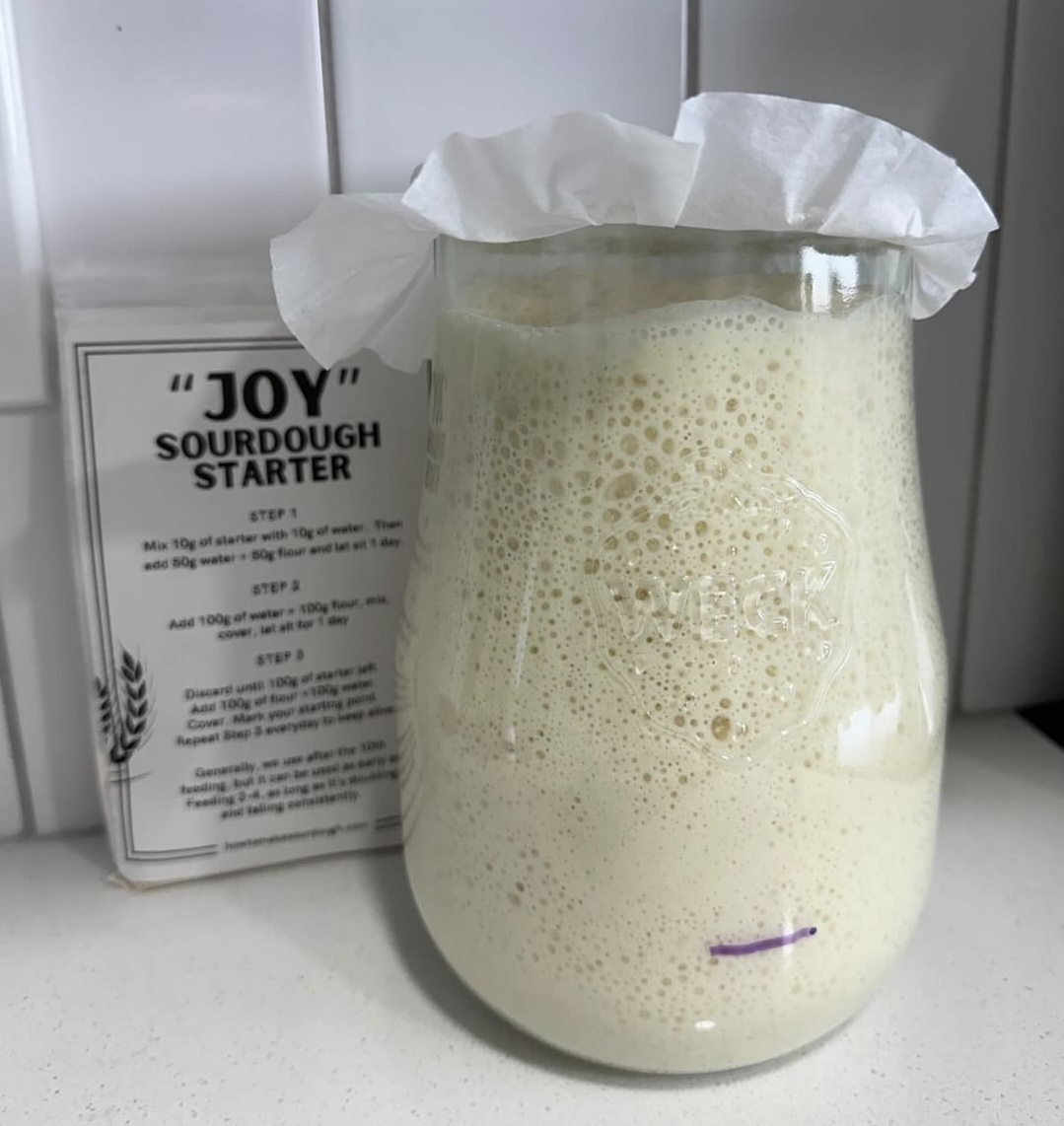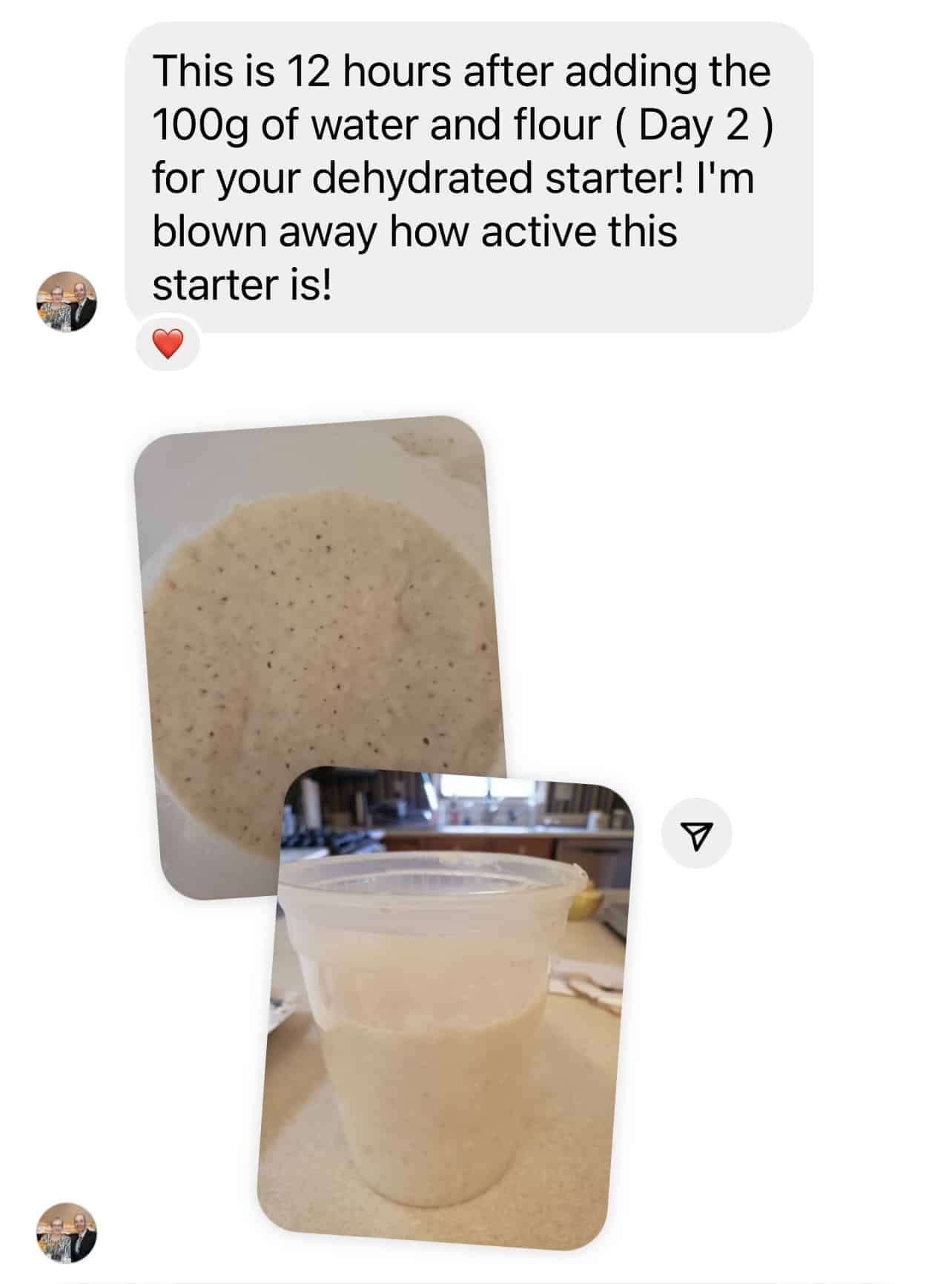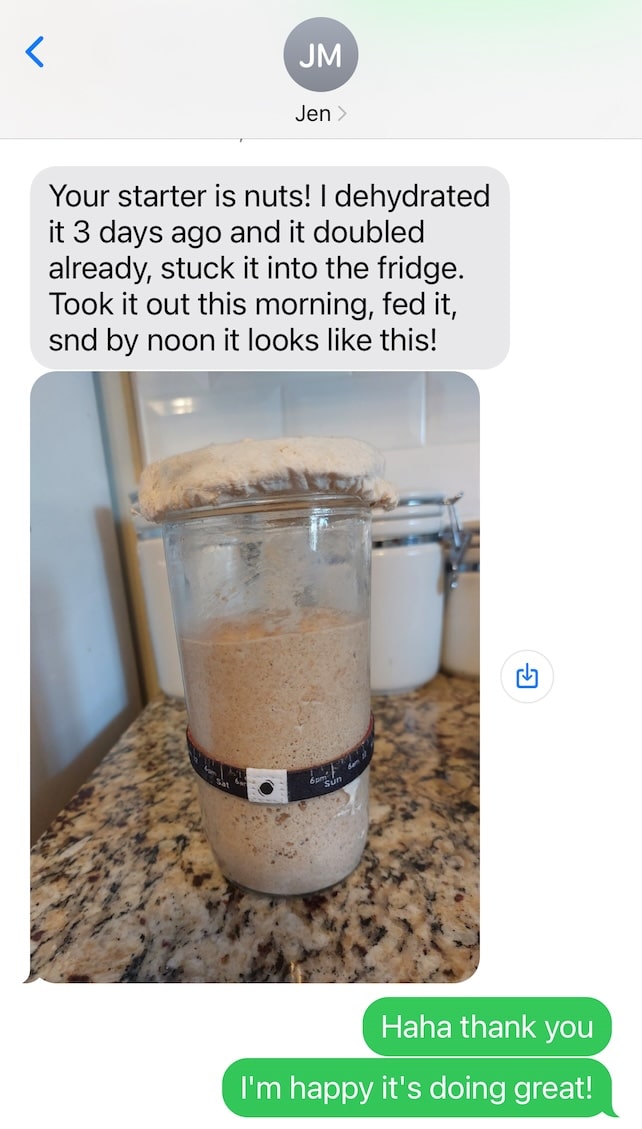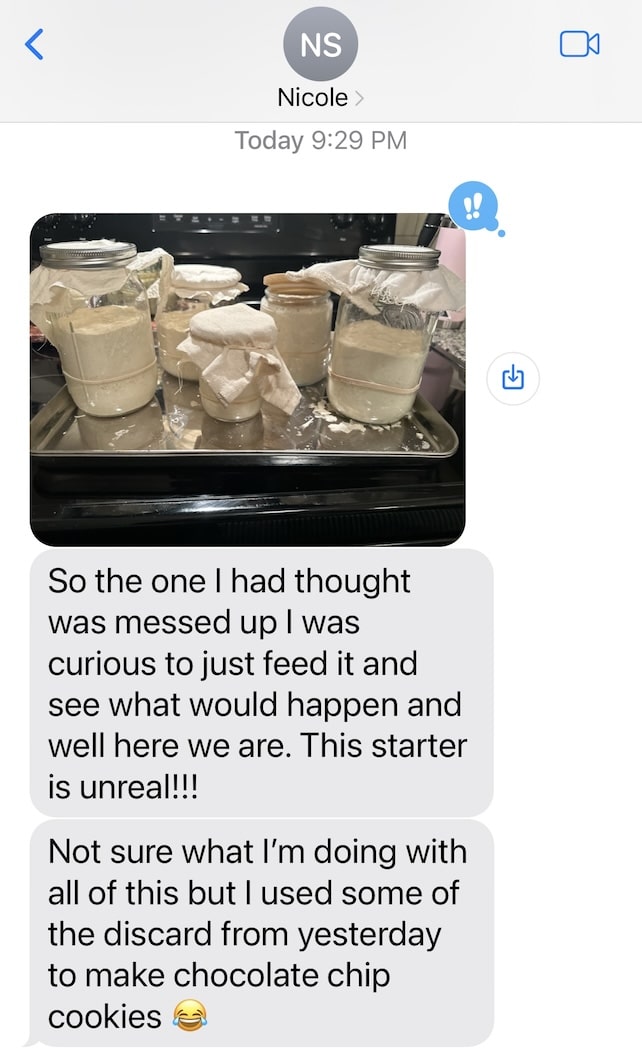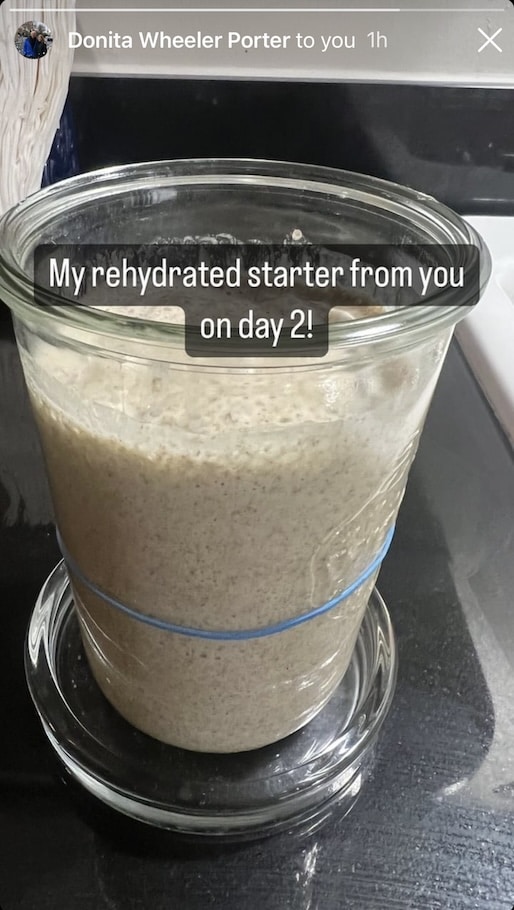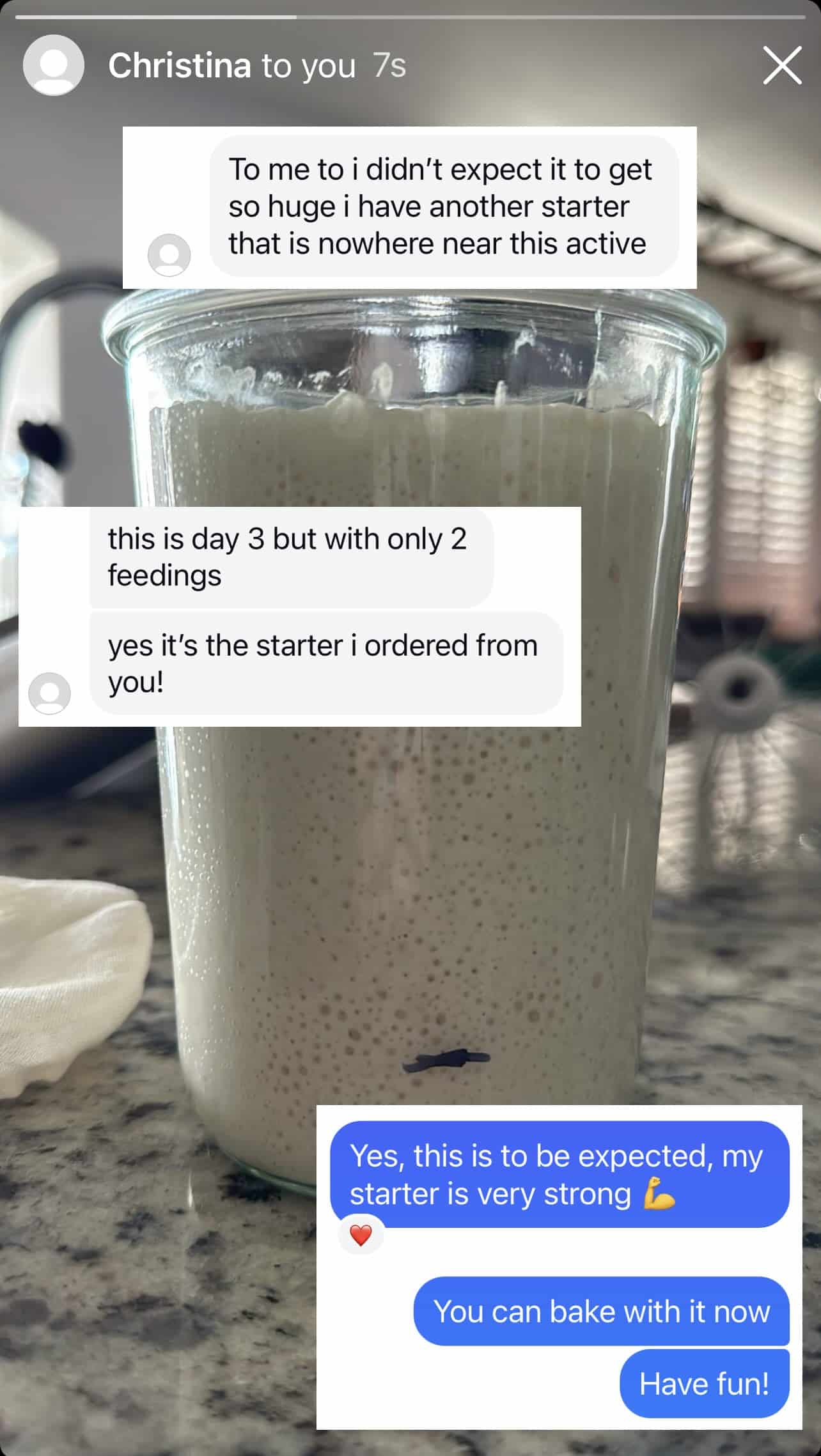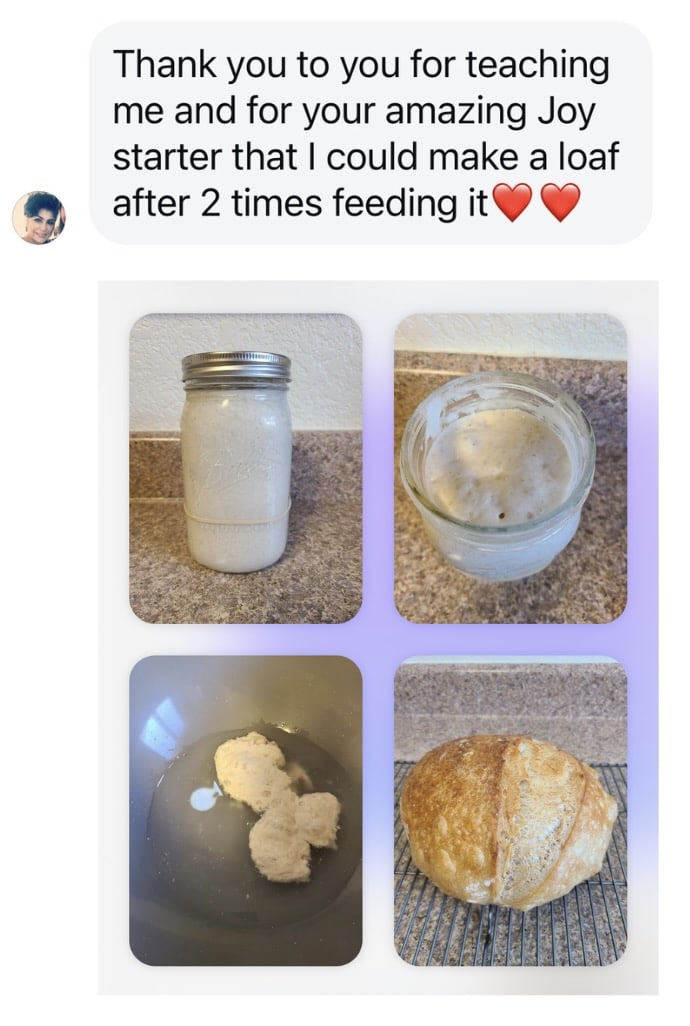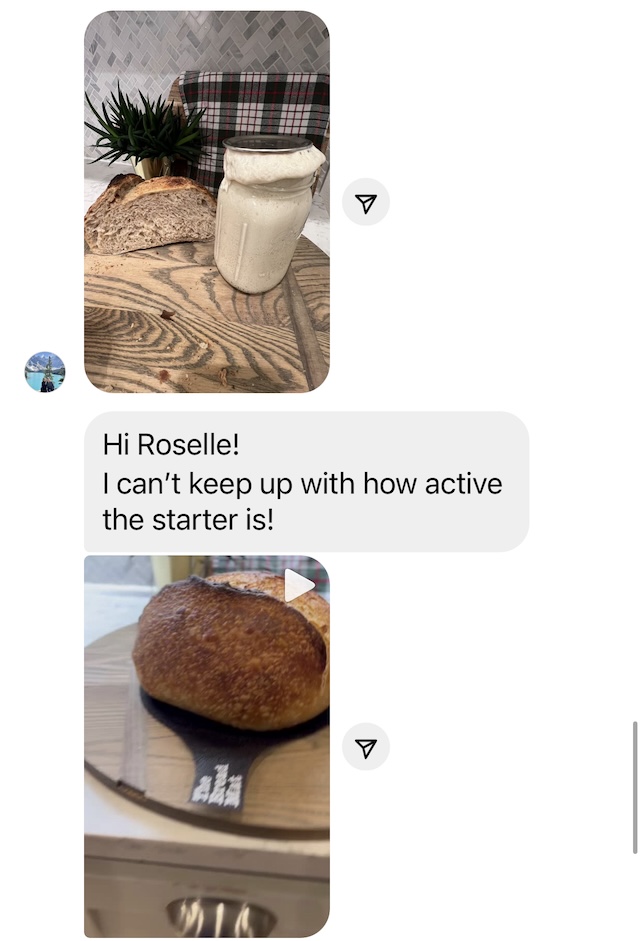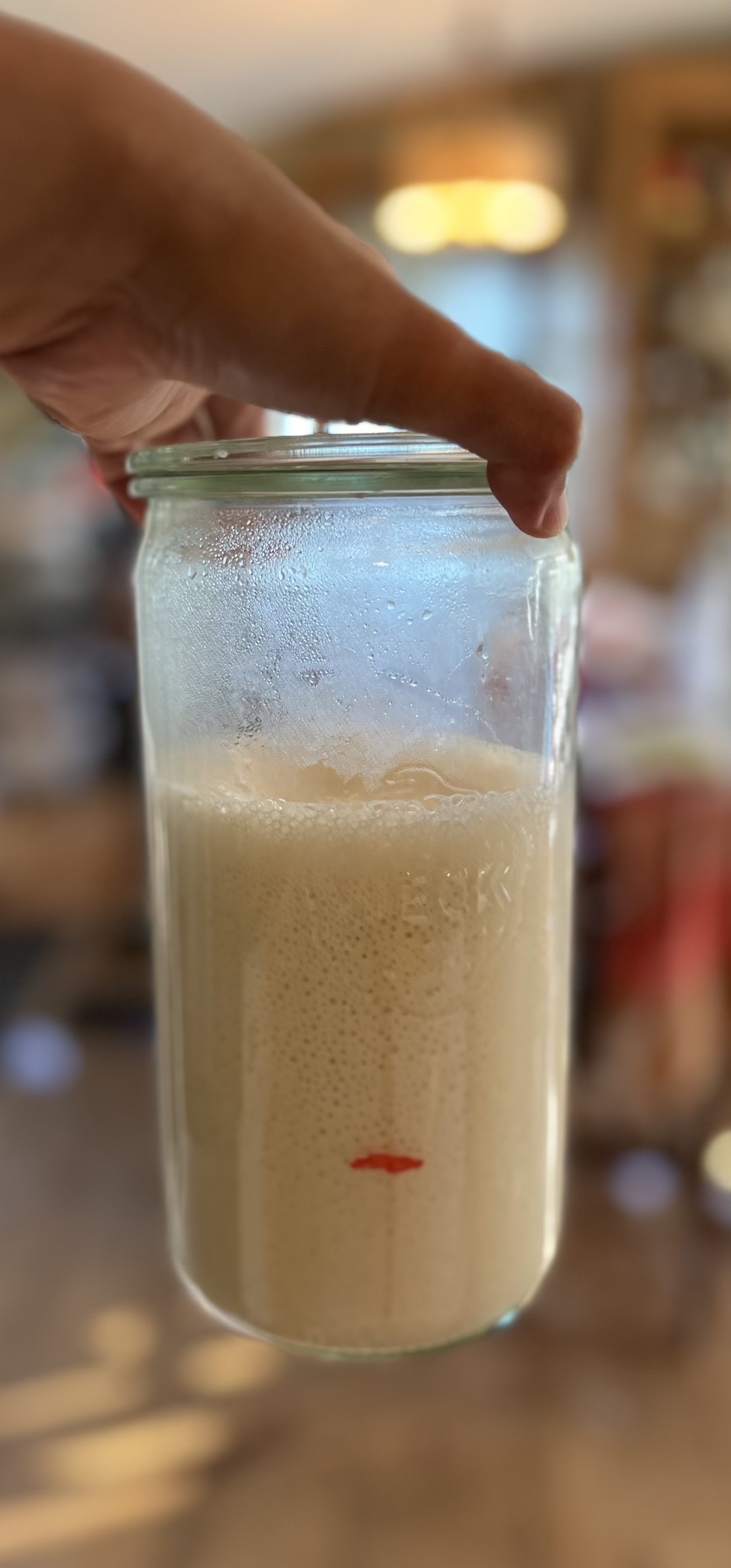Can I use unfed sourdough starter, or discard, as-is, to make a sourdough bread recipe?
Using Unfed Sourdough Starter Directly in Bread Recipes: Proceed with Caution
As a seasoned sourdough baker, I’ve been asked many times whether it’s possible to use sourdough starter that hasn’t been fed – what we call “sourdough discard” – directly in a bread recipe. The answer is yes, it is possible, but there are some important considerations to keep in mind.
The Fundamentals: Sourdough Dough as a “Gigantic Starter”
The premise behind using unfed sourdough starter in a bread recipe is actually quite sound. When you think about it, the dough itself is essentially a “gigantic starter” that we’re feeding with the flour, water, and other ingredients.
Just like a regular sourdough starter, this dough will go through the same fermentation process – it will rise, peak, and then begin to fall as the yeasts and bacteria consume the available nutrients. The key difference is simply the scale and ratios involved.
So yes, you can absolutely take that unfed sourdough discard and mix it right into your bread dough. The dough ingredients will act as a “feeding” for the dormant, unfed starter, kickstarting the fermentation all over again.
The Caveat: Fading Leavening Power
However, it’s important to understand that the more time passes since the sourdough starter was last fed, the more its leavening power begins to fade. Over time, the unfed starter develops characteristics that are less than ideal for bread baking – it becomes more acidic, more alcoholic, and more sour in flavor. This can result in a bread with poor ovenspring and an undesirable tangy taste.
Unpredictable Fermentation Timeline
Without the starter being at its peak of activity, the fermentation timeline for the dough becomes much harder to predict. It will take significantly longer to reach the desired rise, and the timing can be quite variable depending on how long ago the starter was last fed.
Difficulty for Beginners
This method of using unfed sourdough discard requires a high level of hands-on experience and the ability to assess the dough’s fermentation by feel. It’s generally not recommended for novice sourdough bakers who are still getting a feel for the process.
When to Consider Using Unfed Sourdough Starter Directly
There may be some situations where using sourdough discard directly in a bread recipe makes sense:
Recap
in most cases, it’s generally better to follow a more standard approach – either by creating a levain or by feeding your main starter before incorporating it into the dough. This will provide more predictable results and a better handle on the fermentation timeline.
The bottom line is that using unfed sourdough discard directly in a bread recipe is possible, but it does come with significant challenges and potential downsides. Approach it with caution, especially if you’re new to sourdough baking, and be prepared to make some adjustments to the process along the way.


